How important is caulking along Z-flashing
yam2006
17 years ago
Related Stories
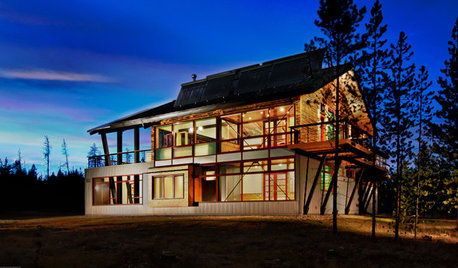
GREEN BUILDINGZero Net Energy: A Hardworking-House Term to Know
Homes that consume only as much energy as they produce by renewable means are a goal for builders. Learn what ZNE means for you
Full Story
DECORATING GUIDES13 Ways to Be Happier in Your Home This Year
Savor a richer experience in your house without Herculean efforts or spending a fortune, by focusing on what's important
Full Story
CURB APPEALHow to Touch Up Your Home’s Exterior Paint
Protect your siding from weather damage without exposing yourself to mismatched paint by learning the right way to do touch-ups
Full Story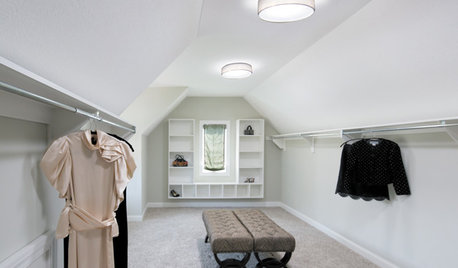
GREAT HOME PROJECTSHow to Add a Skylight or Light Tube
New project for a new year: Increase daylight and maybe even your home’s energy efficiency by opening a room to the sky
Full Story
GREAT HOME PROJECTSHow to Install Energy-Efficient Windows
Learn what Energy Star ratings mean, what special license your contractor should have, whether permits are required and more
Full Story
MATERIALSInsulation Basics: What to Know About Spray Foam
Learn what exactly spray foam is, the pros and cons of using it and why you shouldn’t mess around with installation
Full Story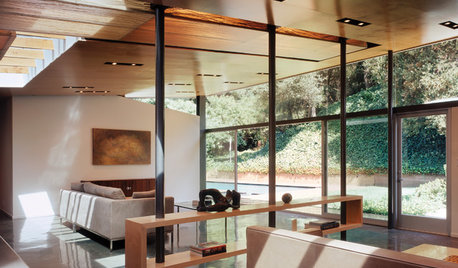
GREEN BUILDINGLook to the Sun for More of Your Home's Lighting
Manage sunlight with design-savvy windows, solar tubes and skylights to save energy and show your home's beauty
Full Story
ARCHITECTUREHave Your Flat Roof and Your Snow Too
Laboring under the delusion that flat roofs are leaky, expensive and a pain to maintain? Find out the truth here
Full Story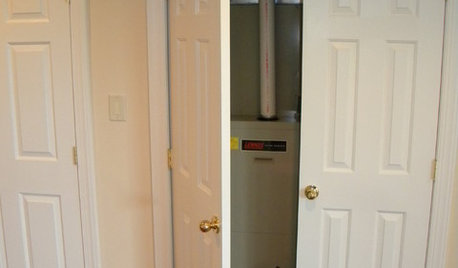
MOST POPULARA First-Time Buyer’s Guide to Home Maintenance
Take care of these tasks to avoid major home hassles, inefficiencies or unsightliness down the road
Full Story
MOVINGHiring a Home Inspector? Ask These 10 Questions
How to make sure the pro who performs your home inspection is properly qualified and insured, so you can protect your big investment
Full StoryMore Discussions







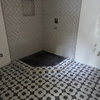
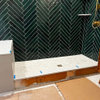
sierraeast
mightyanvil
Related Professionals
Baltimore Kitchen & Bathroom Designers · Salmon Creek Kitchen & Bathroom Designers · Beach Park Kitchen & Bathroom Remodelers · Sunrise Manor Kitchen & Bathroom Remodelers · Bay Shore Kitchen & Bathroom Remodelers · Mesquite Kitchen & Bathroom Remodelers · Rolling Hills Estates Kitchen & Bathroom Remodelers · Westminster Kitchen & Bathroom Remodelers · Dothan General Contractors · Enfield General Contractors · Gainesville General Contractors · Mountlake Terrace General Contractors · West Mifflin General Contractors · Wright General Contractors · Baileys Crossroads General Contractorsmightyanvil
pjb999
yam2006Original Author
mightyanvil
sombreuil_mongrel
A&E Remodeling LLC